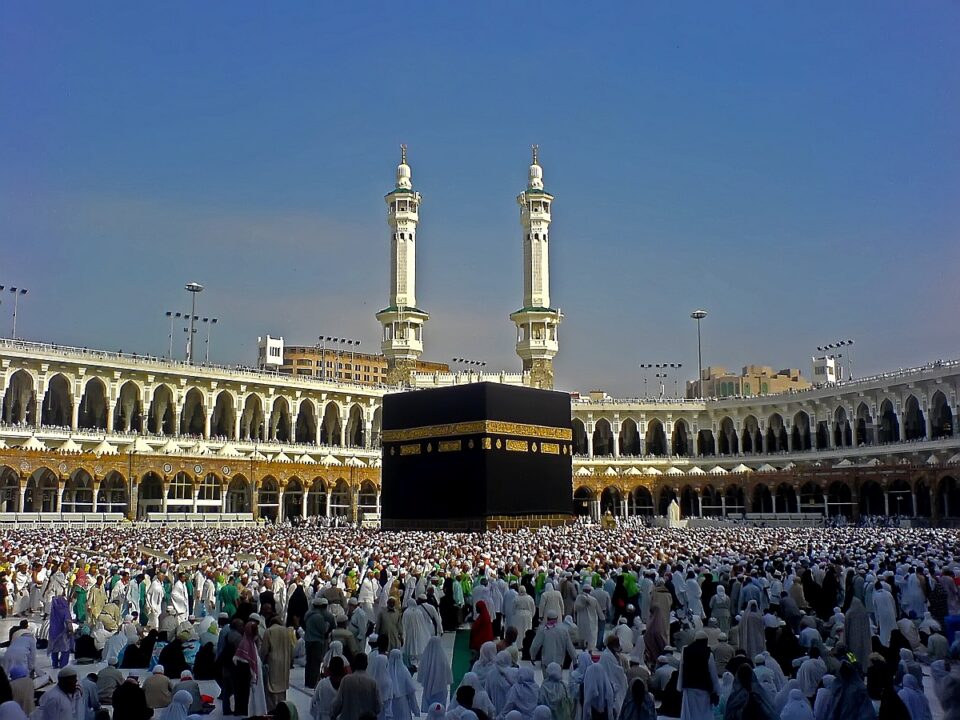My Islamic Celebration is an event that is celebrated by millions of Muslims every year. It is a journey that takes place in the holy city of Mecca, Saudi Arabia. The journey of Hajj and Umrah is a transformational experience that leaves a profound impact on the lives of those who undertake it. It is a journey that involves both physical and spiritual transformation, and it is a journey that brings Muslims from all corners of the world together in a spirit of unity and brotherhood. In this article, we will explore the journey of Hajj and Umrah, and we will discuss how this journey can be a transformational experience for all Muslims who undertake it.
Table of Contents
Heading 1: What is Hajj and Umrah?
Hajj is an annual Islamic pilgrimage to Mecca, the holiest city in Islam. It is one of the five pillars of Islam, and it is mandatory for all Muslims who are physically and financially able to undertake the journey. Umrah is also a pilgrimage to Mecca, but it is not mandatory and can be undertaken at any time of the year. Both Hajj and Umrah involve a visit to the Kaaba, which is the most sacred site in My Islamic Celebration, and both journeys involve a series of rituals that are designed to bring the pilgrim closer to Allah.
Heading 2: The Journey of Hajj and Umrah
The journey of Hajj and Umrah begins with the pilgrim’s arrival in Mecca. The first thing that the pilgrim must do is to perform the tawaf, which involves circling the Kaaba seven times in a counterclockwise direction. This is a physical manifestation of the pilgrim’s spiritual journey, as it symbolizes the circumambulation of the divine center of the universe. After completing the tawaf, the pilgrim must perform the sa’i, which involves walking seven times between the hills of Safa and Marwa. This is a commemoration of the story of Hagar and Ishmael, who were left in the desert by Abraham and were saved by the intervention of Allah.
Heading 3: The Day of Arafat
The most important day of the Hajj journey is the Day of Arafat, which falls on the ninth day of the Islamic month of Dhu al-Hijjah. On this day, the pilgrims gather at the plain of Arafat, where they spend the day in prayer and contemplation. This is a day of spiritual reckoning, as the pilgrim reflects on their life and seeks forgiveness from Allah. It is believed that on this day, Allah is particularly receptive to the prayers of his servants, and it is, therefore a day of great significance.
Heading 4: The Stoning of the Devil
After the Day of Arafat, the pilgrims travel to Mina, where they spend the night. The next day, they perform the stoning of the devil, which involves throwing pebbles at three pillars that symbolize Satan’s temptation of Abraham. This is a symbolic act of resistance against evil, and it is a reminder that the pilgrim must always be vigilant against the forces of temptation.
Heading 5: The Journey of Umrah
The journey of Umrah is similar to the journey of Hajj, but it is less rigorous and can be undertaken at any time of the year. The pilgrim must still perform the tawaf and the sa’i, but there is no Day of Arafat or stoning of the devil. Umrah is a journey of spiritual renewal, and it can be undertaken by Muslims who are unable to undertake the more arduous journey of Hajj.
Heading 6: The Impact of Hajj and Umrah on Personal Growth
The journey of Hajj and Umrah has a significant impact on a person’s personal growth. It is a journey that requires Muslims to step out of their comfort zone and embrace new experiences and challenges. It is a journey that teaches Muslims to be selfless and compassionate towards others and to prioritize the needs of their community over their desires.

